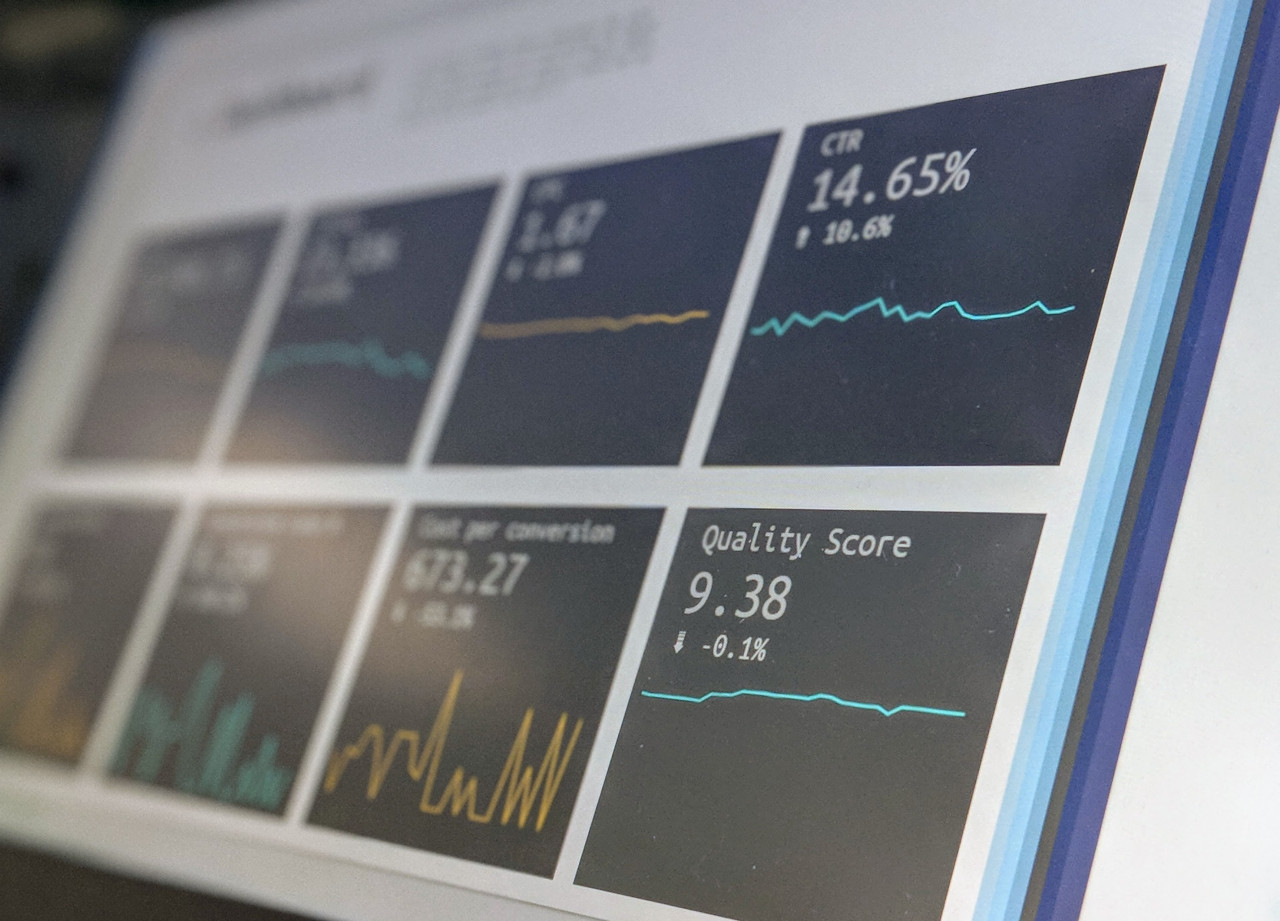5 simple tips for improving your membership website SEO

If you are trying to recruit more members for your membership organisation’s website, having a successful SEO strategy is key. However, no matter how long your membership website has been established for, without a good SEO strategy in place, it may not rank for keywords and phrases that you are targeting traffic for.
When search engines like Google and Bing rank your membership website, they consider a combination of things that you do both on and off your website, and in this article, we will look at five simple tips that you can use to improve your membership organisation website’s SEO.
Improve your membership website’s speed
Website speed (especially page loading time) is one of the most important factors search engines use to rank your membership association’s website. Search engines tend to not direct users to pages that are slow to load as this creates a negative user experience and can reflect badly upon the search engine itself.
A common issue that crops up with slow websites is image size, meaning the dimensions and file size of on page images. The way that image sizes affect page load time is simple: the larger the image, the longer it will take to load the page.
To solve this issue, reduce the size of any images on your membership website’s pages. By reducing image size, it means faster page loads for website visitors. This in turns creates a better user experience, which then in turn, puts your membership association’s website in better standing with search engines.
A useful tip; before adding images to your membership organisation’s website, try to shrink them to a sensible size and then compress the file size. If you have images on key pages of your website that are too large, consider replacing them with optimised versions.
Add fresh content to your membership website
If you are aiming to give individuals real value from being a member, then you should be adding fresh content like news and events to your membership association’s website on a regular basis. However, what really counts is adding different kinds of content on a regular basis. New content appeals to users as it keeps the simulated, connected to your membership organisation, and adds value to their membership, and importantly, it can have a big impact on your search ranking.
When creating new content, always consider opportunities for backlinks and inbound links. Incoming hyperlinks from one web page to another website, and from another website to one of your web pages will have a great impact on your membership website’s SEO as genuine backlinks are seen as a positive by search engines.
So, instead of writing a simple news article, which may interest a niche group of members, consider creating some high value, ungated content. Ungated content is accessible to all and not hidden behind a membership area. When creating new pieces of content, be sure to offer useful advice, facts and opinions, and other information which will entice people to not only read it but to also consider backlinking to it.
Fix any broken on-page links
Over time, hyperlinks around your membership organisation’s website (or from your site to external websites) can end up broken due to content being moved or deleted. Broken links don’t promote good user experience and therefore will have a negative impact on your membership website’s search rankings.
While performing an audit of all the links on your membership organisation’s website can seem like an intimidating task, there are tools out there such as Dead Link Checker that do the process automatically, saving you a lot of time and energy.
So, to help boost the SEO on your membership site, either work through each broken link by updating the broken hyperlink from one webpage to another or if there is no new version of the link then redirect it to a relevant destination.
Link around your membership association’s website
Linking around your membership website not only promotes a positive user experience, but it also helps user and search engines to navigate around your site. When used tactically, linking around your website can help guide users and search engines easily reach web pages that you want to promote more, and moreover, can help search engines to discover and better understand your website content.
Best practice for link building is to try and link from your body copy to another page on your membership website. When doing this, make sure the link makes sense when standing alone, without the need to read around it, and you will then be able to judge if it will work well for search engines and website visitors.
Optimise your membership website’s webpage titles
Every webpage on your membership website has a unique title. Your webpage title is the text that is displayed as the blue link in a search engine results page, and is also shown as the name of the tab on your web browser. As well as showing up in these places, the webpage title is also used as one of the most important factors for search engines when deciding how to rank your membership website. If your page titles read in a general way, such as just “About us” for your About Us page, then you are missing out on a valuable opportunity to optimise your membership website’s SEO for more search traffic.
When creating your webpage titles, ensure that you use your important keywords in the text, and make them as enticing for a user as possible. This offers far more attractive results in search engines and shows the visitor that it is a relevant web page to their search query.
The next steps
All of the above tips are simple and can be actioned quickly regardless of the size of your membership organisation. One thing to take away from this article is that is you do something on your membership website that is good for users, then it will be good for SEO too.
At Artonezero, we create membership websites and membership software that build user-engagement and increase new member sign-ups. If you are part of a membership organisation and you think that your membership website could benefit from some modern membership website design or SEO and digital marketing consultancy, we would love to have a chat with you about your project today – simply get in touch and we can talk about the options available to you.



